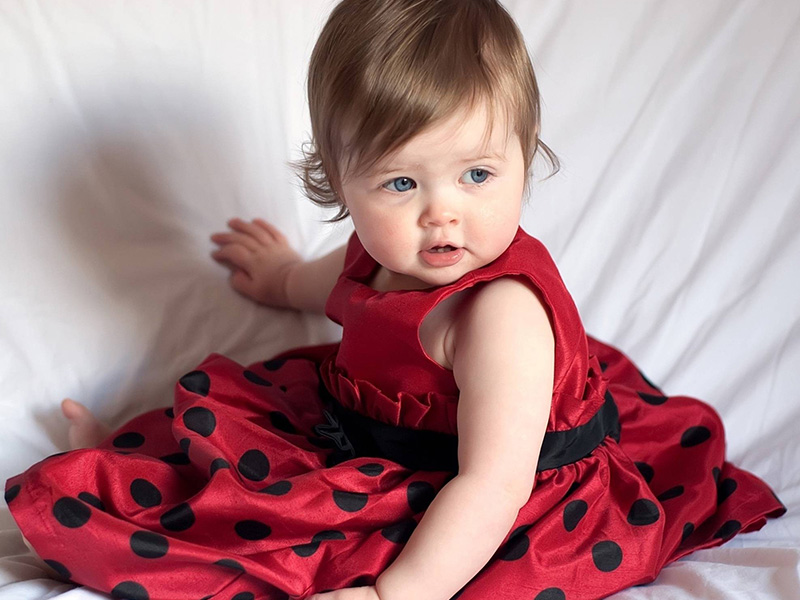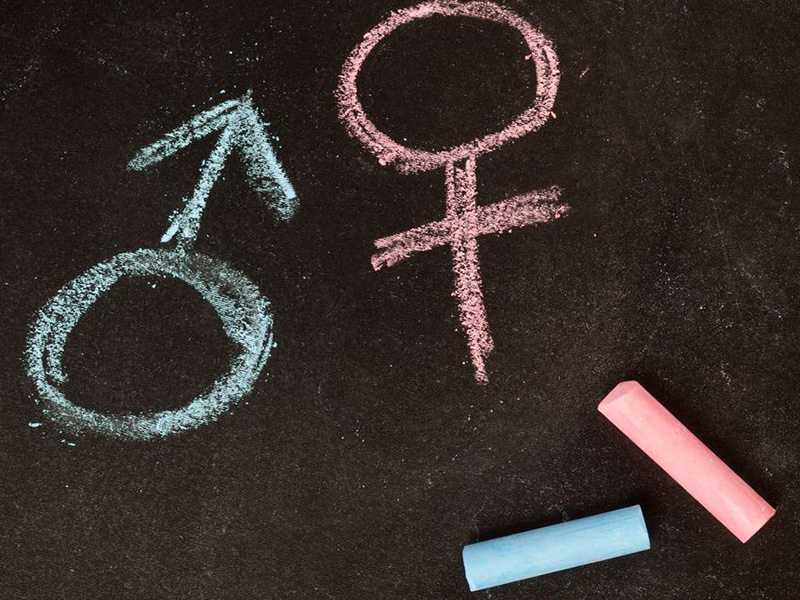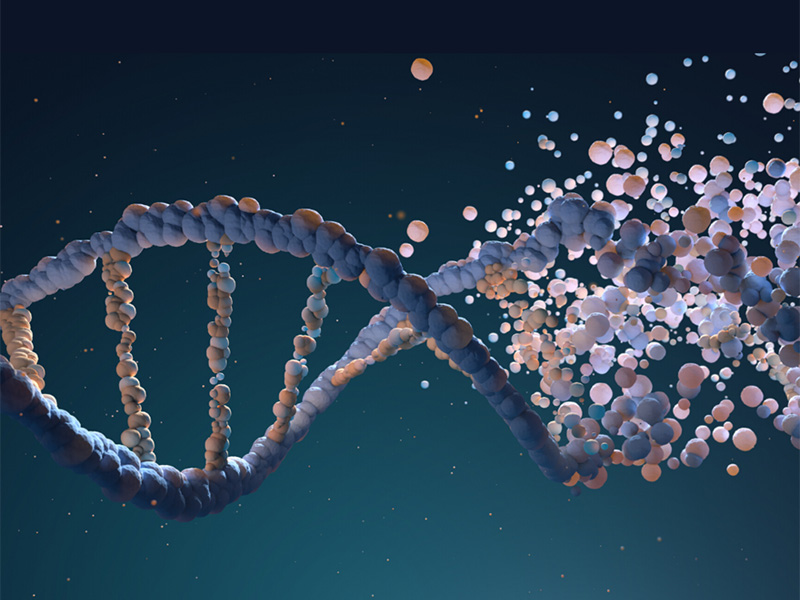Artificial Ovary opens the path to Motherhood after Ovarian Cancer

Ovarian Hyperstimulation: What actually is it and how i can protect myself?
November 6, 2018
The benefits of Christmas Babies!
December 4, 2018
Immature egg cells can grow successfully in an “ovarian scaffold” removed from the DNA and the components that make up its living cells. An artificial ovary that can grow immature eggs in a fertile cell suitable for implantation could one day let women become mothers after cancer treatment that destroys fertility, scientists say.
Researchers from one of the leading fertility centers in Europe, the Rigshospitalet in Copenhagen, say that the first laboratory human ovaries of “bio-engineering” have been created in the world and the first tests were done on animals.
Today, women tend to cryopreserve their ova before chemotherapy or radiotherapy to protect their fertility and the opportunity for future maternity. However, despite the benefit of such a treatment and its role as a prophylactic method, when unfreezing the eggs, no one can guarantee the viability of the aforementioned genetic material, as well as its suitability for future fertilization.
Even today, many girls or women who need urgent treatment before producing eggs are based on the cryopreservation of ovarian tissue, which contains thousands of immature oocytes in their follicles, which must be preserved and transplanted at the end of the cancer treatment. However, if there is a risk that any cancer cells may remain in preserved tissues, replication could be considered too dangerous.
Danish clinical fertility technique offers a way to avoid this and possibly improve IVF and other techniques, as more potential ova could be maintained and naturally be developed.
The team used a chemical procedure for the stripping of ovarian tissue DNA cells and other features that could contain defective guidelines for the unrestricted growth of cancer cells. Then implanted immature eggs into this empty ovarian “scaffold”. The team showed that the immature ova and tissue scaffolds could be reintegrated and survive in this scaffold and could then be vaccinated in a live host – in this case a mouse. Theoretically, the eggs will begin to mature and be released each month according to the hormonal slogans of the menstrual cycle.
“This is the first time that isolated human follicles survived in a weak human model, and this new technique could provide a new strategy to maintain fertility without the risk of recurrent malignant cells,” said Dr. Susanne Pors, who led of the Rigshospitalet team.
Dr. Pors added that the risk of cancer returning from the re-established ovarian tissue is “real”, although its team and other researchers have found the chances to be low. Another research was conducted by British researchers. However, the latest study has not yet been published in scientific journals but was presented at the annual meeting of the European Society of Human Reproduction and Embryology (ESHRE) in Barcelona in July 2018. In addition, independent doctors said it was “pioneering” work, although the process must now be improved and proven safe for humans – something that will last for several years.
“This is an extremely significant advance in the field of fertility conservation,” said Professor Adam Balen, Professor of Reproductive Medicine and Surgery at Leeds’s Seacroft Hospital.
The ability to successfully create a “new ovary” by removing any tissue that could potentially restore cancer and create a scaffold on which the ovum containing ovaries will develop will allow the re-implantation of a “safe” ovary, with the ability to successfully restore fertility. ”
Dr. Stuart Lavery, a Consultant Gynecologist at Hammersmith Hospital, said: “If this proves to be effective, it offers enormous benefits in terms of IVF and freezing of oocytes.”
“We are a few years away from achieving safe ovarian transplantation in humans and so IVF and freezing of ova are here and will be with us here for many years. However, if this works in the future, it will bring great and dynamic changes to maintaining fertility in time. ”
Health Correspondent
Monday 2 July 2018
INDEPENDENT Journal




